PCB assembly
What is PCB assembly?
PCB assembly is the process of soldering components onto a printed circuit board (PCB) to create an electronic circuit. This process involves placing components onto the board, soldering them in place, and then testing the circuit to ensure it is functioning correctly. PCB assembly is a critical step in the manufacturing of electronic products, as it ensures that the circuit is properly constructed and functioning as intended.pcb board manufacturing
The main application field of the PCB assembly
The main application field of the PCB assembly is in the electronics industry. It is used to assemble electronic components onto printed circuit boards (PCBs) to create a functioning electronic device. PCB assemblies are used in a wide range of products, including computers, cell phones, medical devices, and consumer electronics.pcba supplier
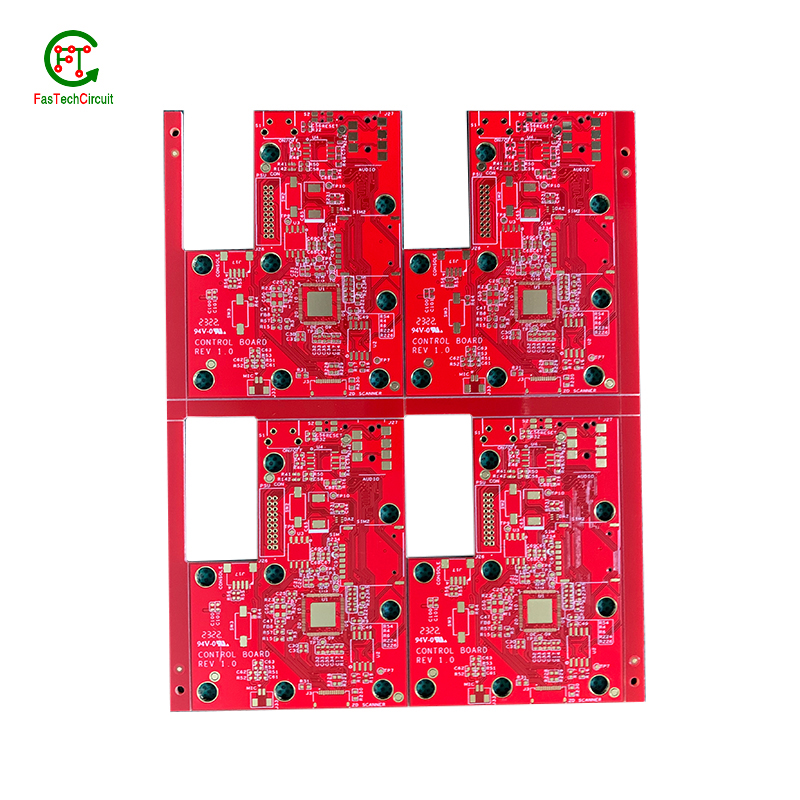
Why do we need PCB assembly?
PCB assembly is necessary for the production of electronic devices. It is the process of soldering components onto a printed circuit board (PCB) to create a functioning electronic device. PCB assembly is necessary because it allows for the efficient and reliable production of complex electronic devices. It also allows for the easy repair and replacement of components, which is important for the longevity of the device.
Inventor of the PCB assembly
The invention of the printed circuit board (PCB) assembly is credited to Paul Eisler, an Austrian-born British engineer. He developed the first printed circuit board in 1936 while working for the Royal Aircraft Establishment in England. His invention revolutionized the electronics industry by allowing for the mass production of electronic components.
History of PCB assembly development
The history of PCB assembly development dates back to the early 20th century. The first printed circuit boards (PCBs) were developed in the 1920s, and the first commercial PCBs were produced in the 1930s. The first automated PCB assembly process was developed in the 1950s, and the first surface mount technology (SMT) was developed in the 1960s. Since then, PCB assembly technology has continued to evolve, with the introduction of new materials, components, and processes. Today, PCB assembly is a highly automated process that involves the use of sophisticated machines and software to produce high-quality, reliable PCBs.
The development trend of the PCB assembly industry
1. Automation: Automation is becoming increasingly important in the PCB assembly industry. Automation can help reduce costs, improve efficiency, and reduce errors.
2. Miniaturization: Miniaturization is becoming increasingly important in the PCB assembly industry. Miniaturization can help reduce costs, improve efficiency, and reduce errors.
3. Quality Control: Quality control is becoming increasingly important in the PCB assembly industry. Quality control can help ensure that the products are of the highest quality and meet customer requirements.
4. Design: Design is becoming increasingly important in the PCB assembly industry. Design can help ensure that the products are of the highest quality and meet customer requirements.
5. Testing: Testing is becoming increasingly important in the PCB assembly industry. Testing can help ensure that the products are of the highest quality and meet customer requirements.
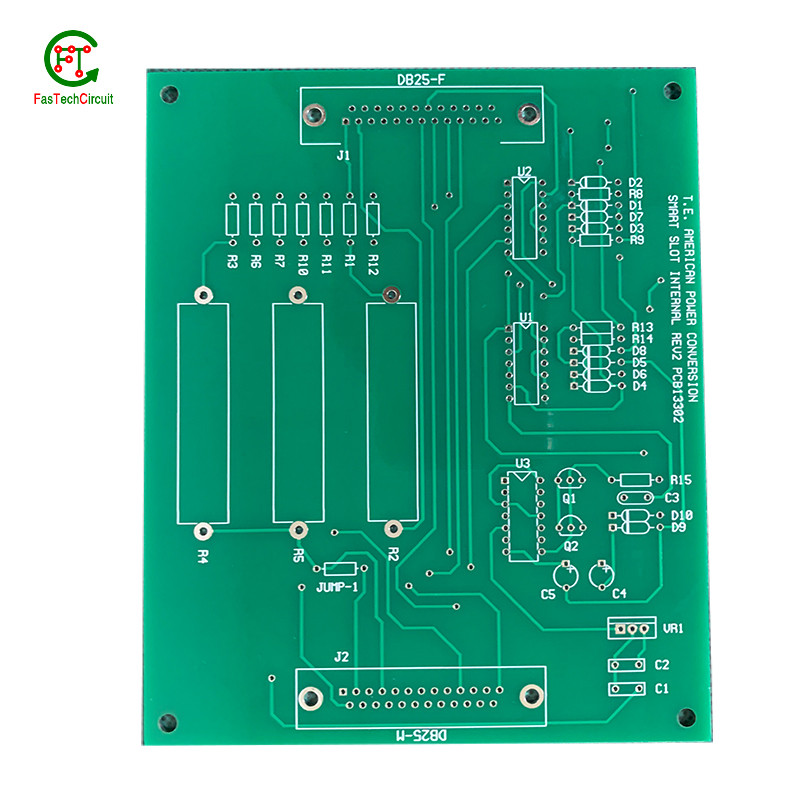
What are the classifications of PCB assembly?
1. Through-Hole Assembly: This is the traditional method of PCB assembly, where components are inserted into holes in the board and soldered in place.
2. Surface Mount Assembly: This is a newer method of PCB assembly, where components are placed directly onto the board and soldered in place.
3. Mixed Assembly: This is a combination of both through-hole and surface mount assembly, where some components are inserted into holes and some are placed directly onto the board.
4. Automated Assembly: This is a method of PCB assembly where machines are used to place and solder components onto the board.
What material is suitable for PCB assembly
The most common materials used for PCB assembly are FR-4, polyimide, and Rogers. FR-4 is the most common material used for PCB assembly due to its low cost and good electrical properties. Polyimide is a more expensive material, but it offers better thermal and chemical resistance. Rogers is a high-performance material that offers excellent electrical and thermal properties.
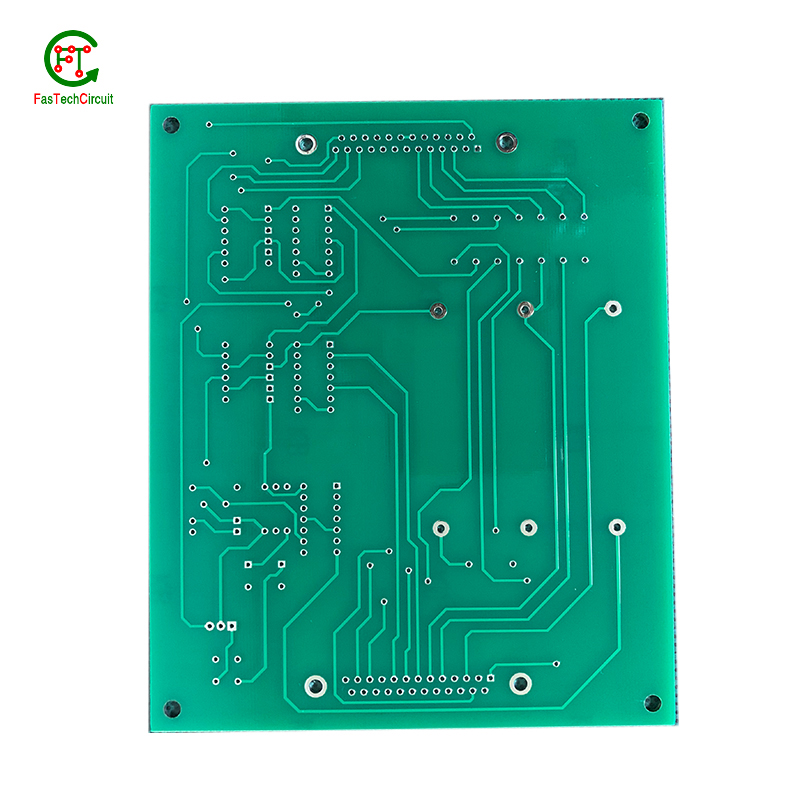
When did humans start using PCB assembly?
The use of PCB assembly dates back to the early 1950s. The first commercial printed circuit boards were developed in the late 1940s, and the first mass-produced PCBs were developed in the early 1950s.
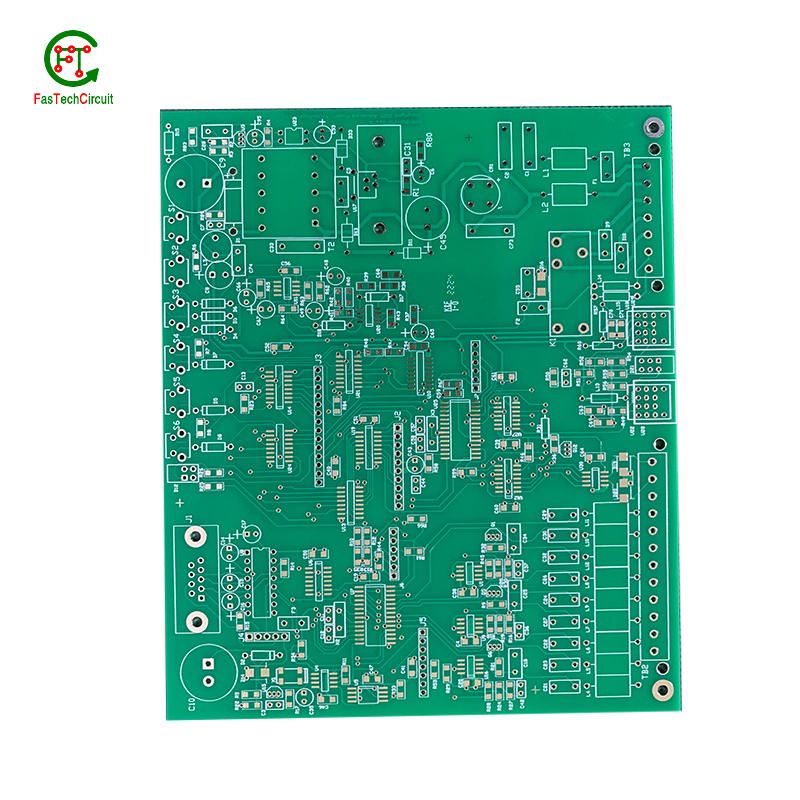
How to choose the PCB assembly manufacturer with the best quality?
1. Research the company’s reputation: Check the company’s website, customer reviews, and other online resources to get an idea of the company’s reputation.
2. Ask for references: Ask the company for references from previous customers. This will give you an idea of the quality of their work.
3. Check their certifications: Make sure the company is certified by the IPC, UL, or other relevant organizations.
4. Ask about their processes: Ask the company about their processes for PCB assembly, including their quality control measures.
5. Compare prices: Compare the prices of different companies to get the best deal.
6. Ask about their turnaround time: Ask the company about their turnaround time for PCB assembly. This will help you determine if they can meet your deadlines.
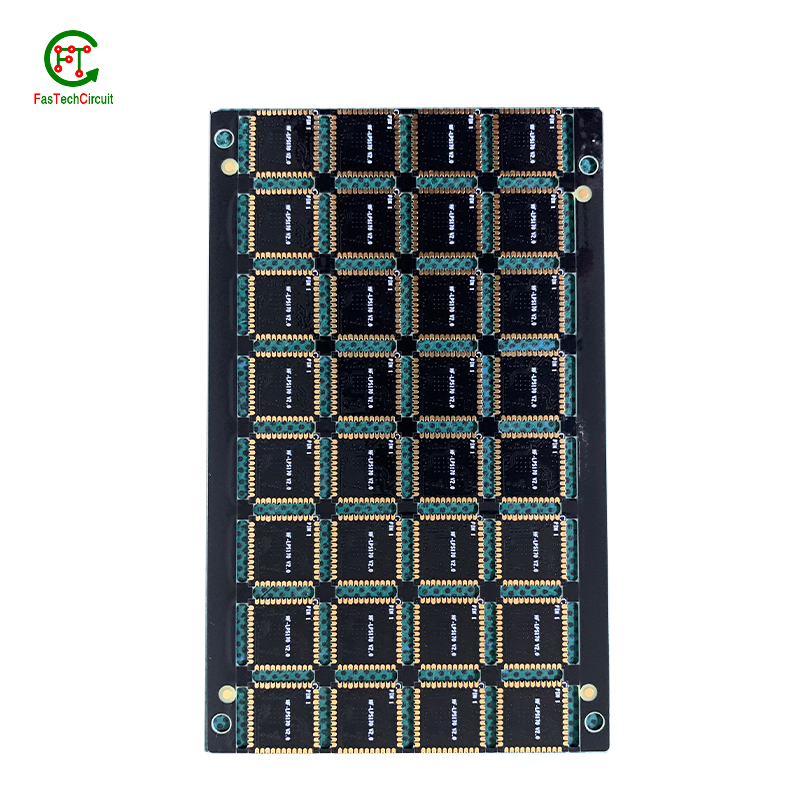
How can PCB assembly manufacturer improve production quality?
1. Invest in high-quality components: Investing in high-quality components is essential for ensuring the quality of the final product. Make sure to source components from reliable suppliers and use components that meet the required specifications.
2. Implement quality control measures: Quality control measures should be implemented throughout the entire production process. This includes inspecting components before assembly, testing the assembled PCBs, and performing final inspections before shipping.
3. Utilize automated testing: Automated testing can help to quickly identify any potential issues with the PCBs. This can help to reduce the time and cost associated with manual testing.
4. Use advanced manufacturing techniques: Advanced manufacturing techniques such as surface mount technology (SMT) and through-hole technology (THT) can help to improve the accuracy and speed of the assembly process.
5. Invest in training: Investing in training for your staff can help to ensure that they are up to date with the latest technologies and techniques. This can help to reduce the risk of errors and improve the overall quality of the assembly process.
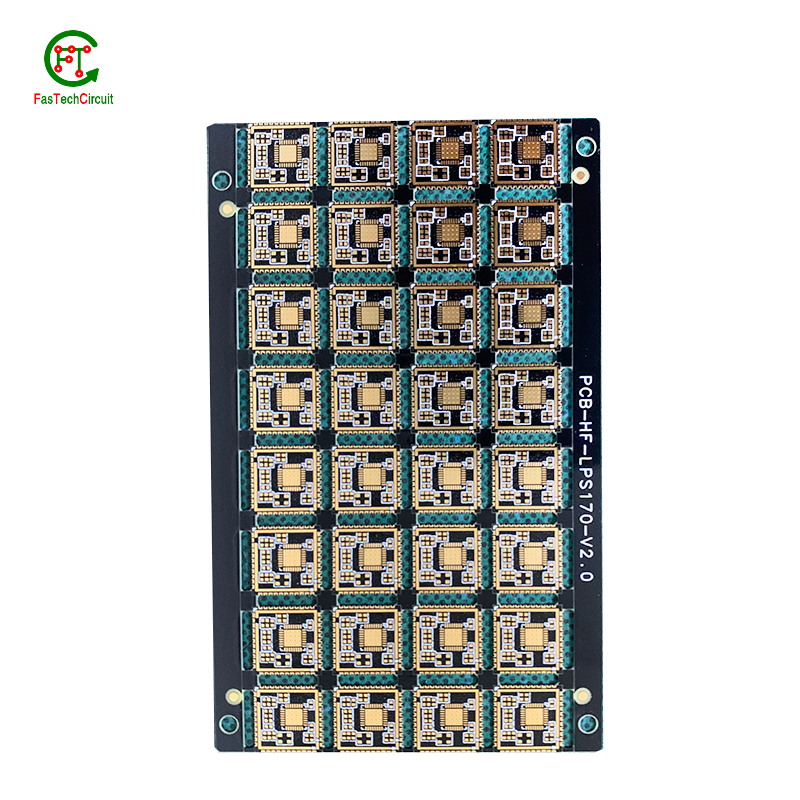
Which companies are more worthy of cooperation in purchasing PCB assembly in China?
1. PCBA Store
2. PCBA Express
3. PCBA Master
4. PCBA Factory
5. PCBA King
6. PCBA Solutions
7. PCBA Source
8. PCBA Global
9. PCBA Tech
10. PCBA World
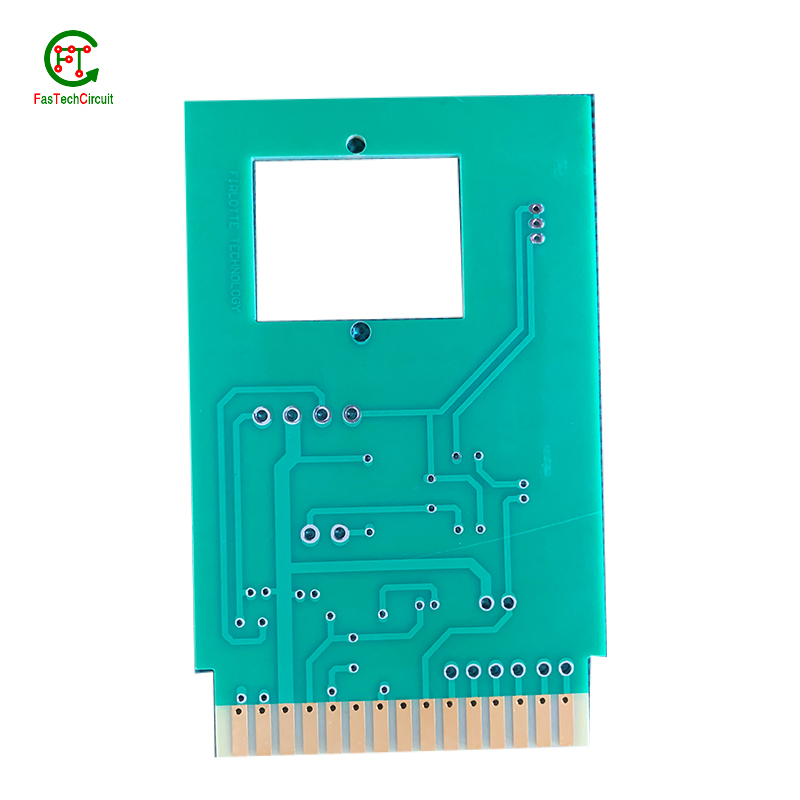
What products can PCB assembly manufacturer produce?
PCB assembly manufacturers can produce a wide range of products, including printed circuit boards (PCBs), electronic components, and assemblies. They can also provide services such as design, prototyping, testing, and manufacturing. Some of the products they can produce include:
• Printed circuit boards (PCBs)
• Electronic components
• Assemblies
• Printed circuit board assemblies (PCBA)
• Printed wiring boards (PWB)
• Flexible printed circuits (FPC)
• Rigid-flex printed circuits (RFPC)
• Surface mount technology (SMT)
• Through-hole technology (THT)
• Cable and wire harness assemblies
• Box builds and system integration
• Testing and inspection services
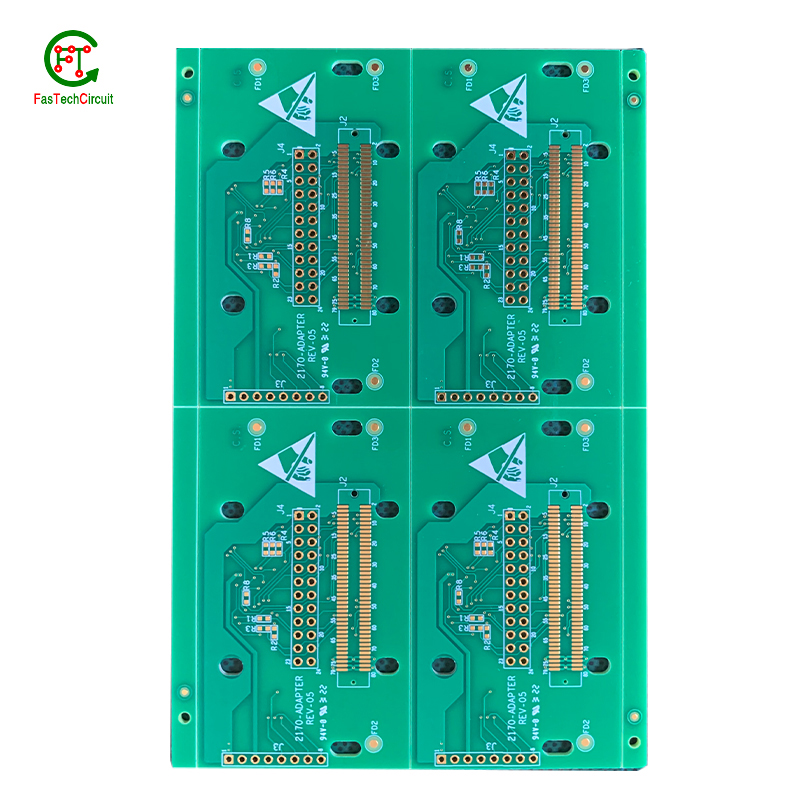
What is the PCB assembly manufacturer?
PCB assembly manufacturers are companies that specialize in the production of printed circuit boards (PCBs). They provide services such as PCB design, fabrication, assembly, testing, and more. Some of the most popular PCB assembly manufacturers include Advanced Assembly, Asteelflash, and JLCPCB.
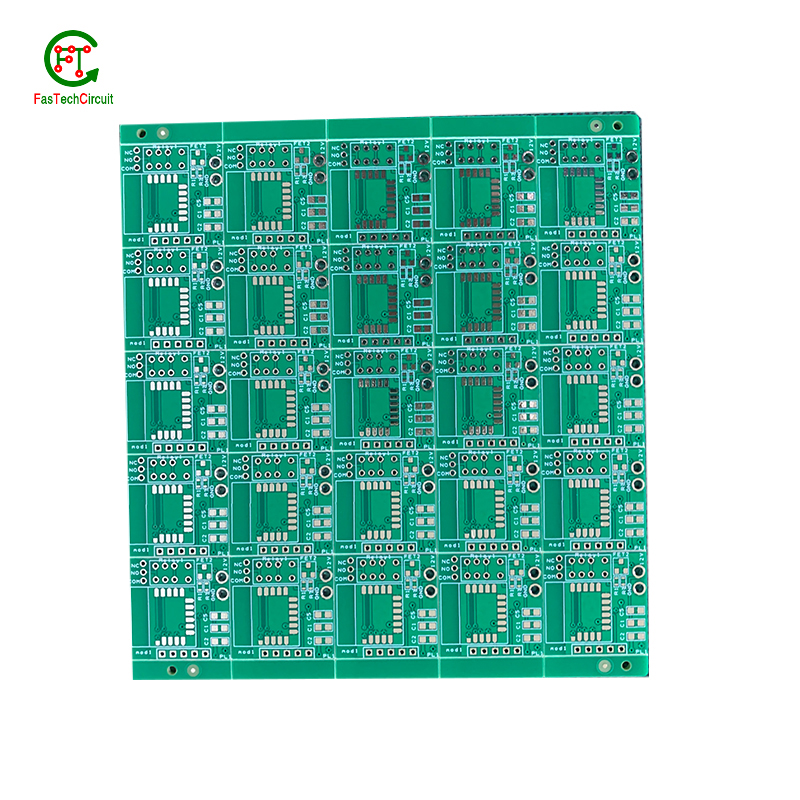
What are the specific requirements of PCB assembly manufacturer?
1. Ability to provide high-quality PCB assembly services with a quick turnaround time.
2. Ability to handle a wide range of components, including surface mount, through-hole, and mixed technology.
3. Ability to provide a variety of assembly processes, such as soldering, wave soldering, and reflow soldering.
4. Ability to provide a variety of testing services, such as visual inspection, in-circuit testing, and functional testing.
5. Ability to provide a variety of packaging services, such as tray, tube, and tape and reel.
6. Ability to provide a variety of materials, such as FR-4, polyimide, and aluminum.
7. Ability to provide a variety of finishes, such as HASL, ENIG, and OSP.
8. Ability to provide a variety of services, such as prototyping, rework, and repair.
9. Ability to provide a variety of certifications, such as UL, CE, and RoHS.
10. Ability to provide a variety of services, such as design for manufacturability (DFM) and design for testability (DFT).
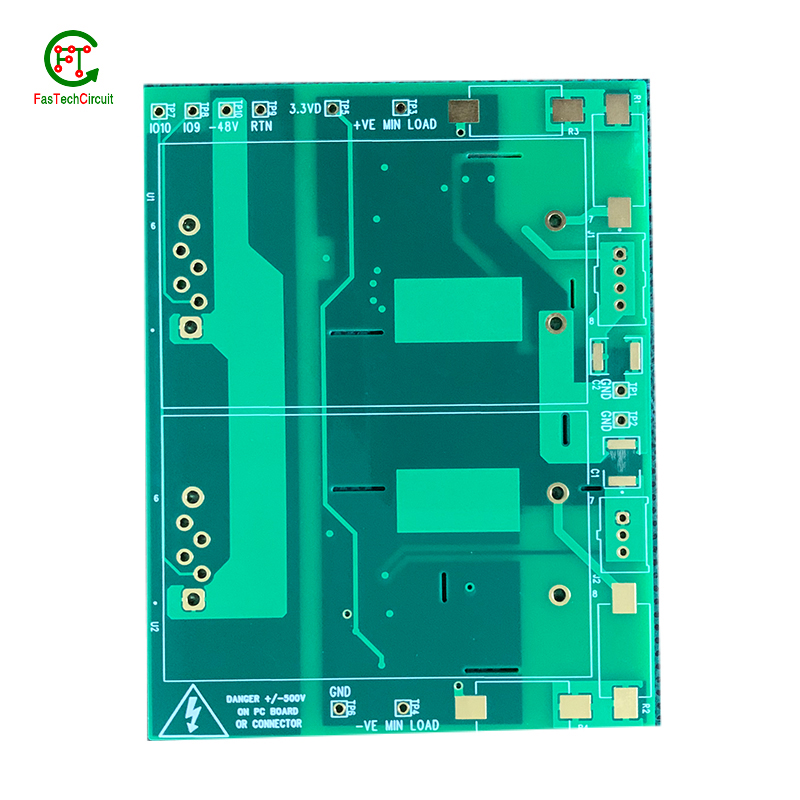
What production equipment do PCB assembly manufacturer need?
1. Pick and Place Machine: This machine is used to place components onto the PCB.
2. Reflow Oven: This machine is used to heat the PCB and components to solder them together.
3. Wave Soldering Machine: This machine is used to solder components to the PCB.
4. Automated Optical Inspection (AOI) Machine: This machine is used to inspect the PCB for any defects.
5. X-Ray Machine: This machine is used to inspect the PCB for any hidden defects.
6. Test Equipment: This equipment is used to test the functionality of the PCB.
7. Cleaning Equipment: This equipment is used to clean the PCB after assembly.
Analysis on the layout of PCB assembly manufacturer in China's industrial chain
China's PCB assembly industry is an important part of the country's industrial chain. It is mainly composed of PCB assembly manufacturers, component suppliers, and PCB assembly service providers. The layout of PCB assembly manufacturers in China's industrial chain is mainly concentrated in the Pearl River Delta, Yangtze River Delta, and Bohai Rim regions. These three regions are the most developed areas in China and have the most complete industrial chain.
The Pearl River Delta region is the most developed region in China's PCB assembly industry. It is home to many large-scale PCB assembly manufacturers, such as Foxconn, Flextronics, and Jabil. These companies have strong production capacity and advanced technology, and they are the main suppliers of PCB assembly services in the region.
The Yangtze River Delta region is also an important region for PCB assembly manufacturers. It is home to many medium-sized and small-scale PCB assembly manufacturers, such as Unimicron, Wus Printed Circuit, and Kingboard. These companies have strong production capacity and advanced technology, and they are the main suppliers of PCB assembly services in the region.
The Bohai Rim region is the third most important region for PCB assembly manufacturers. It is home to many medium-sized and small-scale PCB assembly manufacturers, such as Unimicron, Wus Printed Circuit, and Kingboard. These companies have strong production capacity and advanced technology, and they are the main suppliers of PCB assembly services in the region.
Overall, the layout of PCB assembly manufacturers in China's industrial chain is mainly concentrated in the Pearl River Delta, Yangtze River Delta, and Bohai Rim regions. These three regions are the most developed areas in China and have the most complete industrial chain.
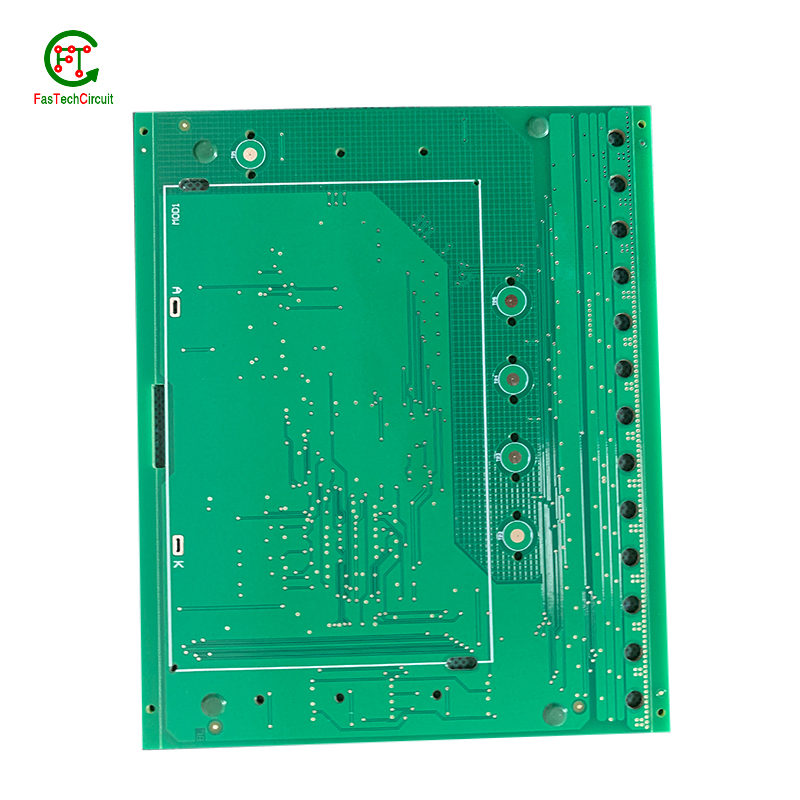
What is the maintenance content of the PCB assembly manufacturer's production equipment?
1. Regularly check the working condition of the equipment, and clean and lubricate the parts of the equipment.
2. Regularly check the electrical components of the equipment, and replace the damaged parts in time.
3. Regularly check the temperature of the equipment, and adjust the temperature of the equipment in time.
4. Regularly check the air pressure of the equipment, and adjust the air pressure of the equipment in time.
5. Regularly check the working environment of the equipment, and keep the working environment clean.
6. Regularly check the safety protection devices of the equipment, and replace the damaged parts in time.
7. Regularly check the performance of the equipment, and adjust the performance of the equipment in time.
Production scale and production capacity of PCB assembly manufacturer
The production scale and production capacity of a PCB assembly manufacturer depend on the size of the company and the type of services they offer. Generally, larger companies have larger production scales and capacities, while smaller companies may have more limited production scales and capacities. The production scale and capacity of a PCB assembly manufacturer also depend on the type of services they offer. For example, some manufacturers may specialize in high-volume production, while others may specialize in low-volume production. Additionally, some manufacturers may offer a variety of services, such as design, assembly, testing, and packaging.
PCB assembly manufacturer produce equipment, how to improve equipment management efficiency
1. Implement a preventive maintenance program: Implementing a preventive maintenance program can help to reduce the amount of time and money spent on repairs and maintenance. This can be done by scheduling regular maintenance checks and inspections of the equipment, as well as replacing parts and components before they fail.
2. Utilize technology: Utilizing technology such as computerized maintenance management systems (CMMS) can help to streamline the process of managing equipment. CMMS can help to track and monitor equipment performance, as well as provide real-time data on the condition of the equipment.
3. Train personnel: Training personnel on the proper use and maintenance of the equipment can help to reduce the amount of time and money spent on repairs and maintenance. This can be done by providing training on the proper use of the equipment, as well as providing regular refresher courses.
4. Implement safety protocols: Implementing safety protocols can help to reduce the risk of accidents and injuries. This can be done by providing safety training to personnel, as well as implementing safety protocols such as lockout/tagout procedures.
5. Monitor performance: Monitoring the performance of the equipment can help to identify potential problems before they become major issues. This can be done by regularly inspecting the equipment and monitoring performance metrics such as temperature, vibration, and pressure.
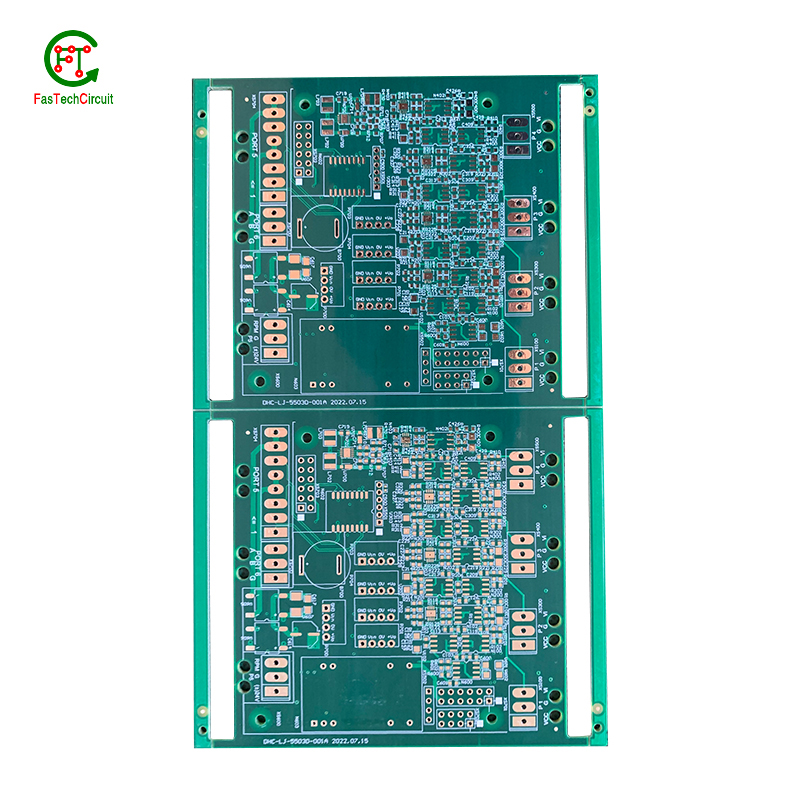
Advantages and development direction of PCB assembly manufacturer
1. Advantages:
(1) Professional technology: PCB assembly manufacturers have professional technology and experienced engineers, which can provide customers with professional technical support and services.
(2) High quality: PCB assembly manufacturers have advanced production equipment and strict quality control system, which can ensure the quality of products.
(3) Cost-effective: PCB assembly manufacturers have their own production lines and can provide customers with cost-effective products.
2. Development direction:
(1) Automation: PCB assembly manufacturers should continue to improve the automation level of production, reduce labor costs and improve production efficiency.
(2) Quality control: PCB assembly manufacturers should continue to improve the quality control system, ensure the quality of products and reduce the rate of defective products.
(3) Technology: PCB assembly manufacturers should continue to improve the technology, develop new products and meet the needs of customers.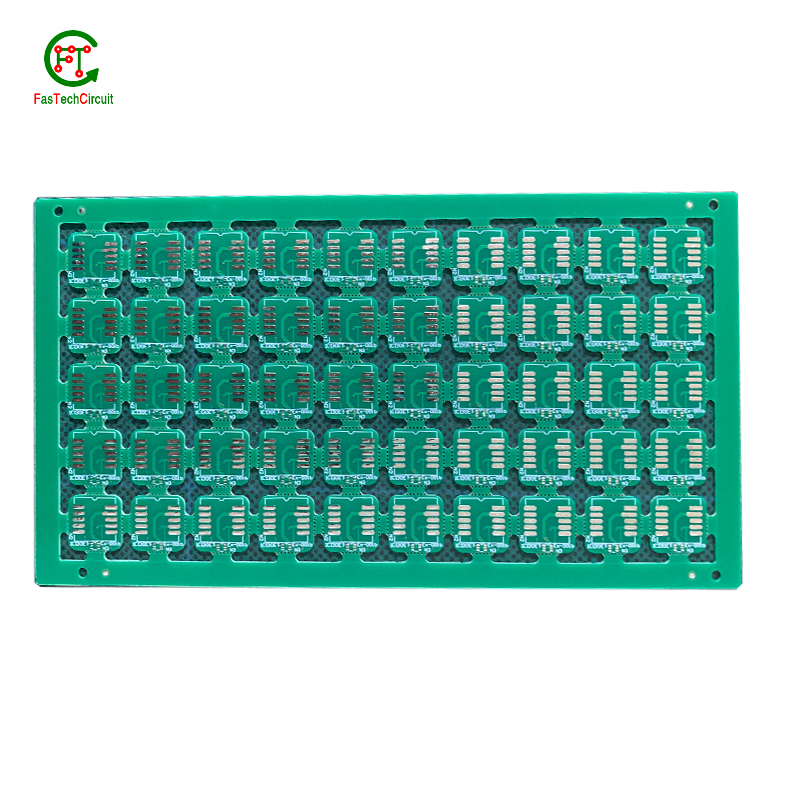
Matters needing attention in the development of raw material supply chain for PCB assembly manufacturer
1. Establish a reliable supplier network: It is important to establish a reliable supplier network for the raw material supply chain of PCB assembly manufacturer. The suppliers should be able to provide quality materials at competitive prices.
2. Monitor supplier performance: It is important to monitor the performance of the suppliers in order to ensure that the raw materials are delivered on time and in the right quantity.
3. Establish a quality control system: It is important to establish a quality control system to ensure that the raw materials meet the required standards.
4. Establish a risk management system: It is important to establish a risk management system to identify and mitigate potential risks associated with the raw material supply chain.
5. Establish a communication system: It is important to establish a communication system to ensure that the suppliers and the PCB assembly manufacturer are in constant communication. This will help to ensure that the raw materials are delivered on time and in the right quantity.
6. Establish a cost control system: It is important to establish a cost control system to ensure that the raw materials are purchased at the most competitive prices. This will help to reduce the overall cost of the raw material supply chain.
Analysis of R&D capabilities of global PCB assembly manufacturer
The analysis of the R&D capabilities of a global PCB assembly manufacturer is an important part of understanding the company’s competitive advantage. R&D capabilities are a measure of the company’s ability to develop new products and services, as well as to improve existing ones. A strong R&D capability can help a company stay ahead of the competition and remain competitive in the market.
The first step in analyzing the R&D capabilities of a global PCB assembly manufacturer is to assess the company’s current R&D capabilities. This can be done by looking at the company’s current product portfolio, its research and development budget, and its research and development staff. It is also important to look at the company’s history of innovation and its ability to develop new products and services.
The next step is to assess the company’s future R&D capabilities. This can be done by looking at the company’s plans for future product development, its plans for research and development, and its plans for investing in new technologies. It is also important to look at the company’s ability to attract and retain talented engineers and scientists.
Finally, it is important to assess the company’s ability to commercialize its R&D capabilities. This can be done by looking at the company’s ability to market its products and services, its ability to develop partnerships with other companies, and its ability to secure funding for its R&D projects.
By assessing the company’s current and future R&D capabilities, it is possible to gain a better understanding of the company’s competitive advantage and its ability to remain competitive in the market. This analysis can help a company make informed decisions about its R&D investments and strategies.
Instructions for cooperation with PCB assembly manufacturer
1. Provide a detailed Bill of Materials (BOM): Before you start working with a PCB assembly manufacturer, you should provide them with a detailed Bill of Materials (BOM). This should include all the components that will be used in the assembly, including the part numbers, quantities, and any other relevant information.
2. Provide a detailed schematic: In addition to the BOM, you should also provide a detailed schematic of the PCB assembly. This should include all the components, their connections, and any other relevant information.
3. Provide a PCB layout: The PCB layout should include all the components, their placement, and any other relevant information. This will help the manufacturer to ensure that the assembly is built correctly.
4. Provide a test plan: You should provide a test plan to the manufacturer that outlines how the assembly should be tested. This should include any special requirements or tests that need to be performed.
5. Provide a timeline: You should provide a timeline to the manufacturer that outlines when the assembly should be completed. This will help the manufacturer to plan their production schedule accordingly.
6. Provide a quality assurance plan: You should provide a quality assurance plan to the manufacturer that outlines how the assembly should be inspected and tested. This will help the manufacturer to ensure that the assembly meets your quality standards.
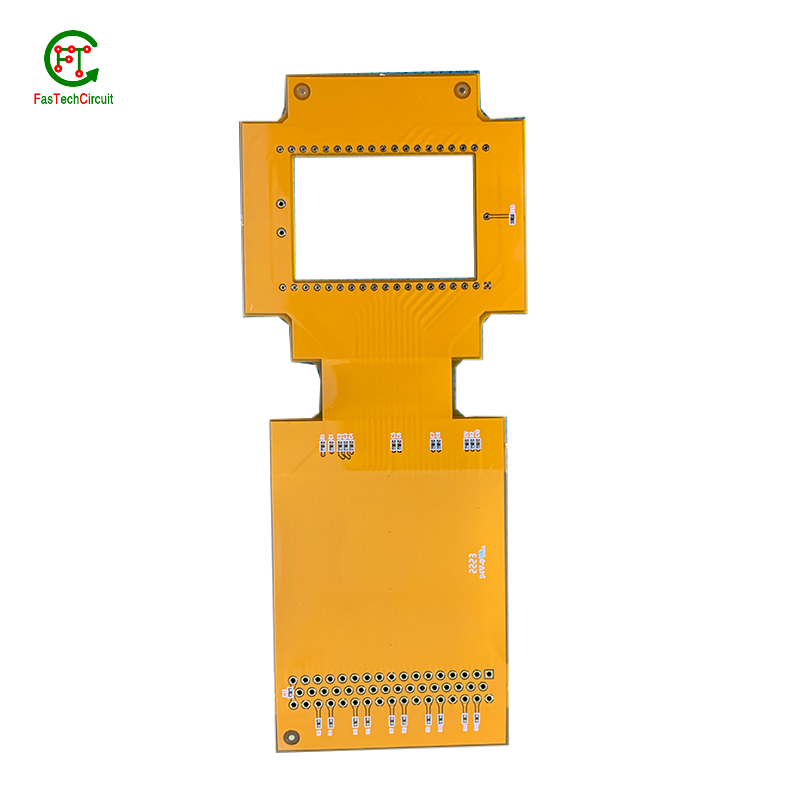
PCB assembly manufacturer production technology coverage
PCB assembly manufacturers typically use a variety of production technologies to assemble printed circuit boards. These technologies include surface mount technology (SMT), through-hole technology (THT), and mixed technology (MT).
Surface mount technology (SMT) is a method of mounting components onto a printed circuit board (PCB) by placing them directly onto the surface of the board. This method is used for components that are too small to be placed through holes in the board.
Through-hole technology (THT) is a method of mounting components onto a printed circuit board (PCB) by placing them through holes in the board. This method is used for components that are too large to be placed on the surface of the board.
Mixed technology (MT) is a method of mounting components onto a printed circuit board (PCB) by using both surface mount and through-hole technologies. This method is used for components that are too large to be placed on the surface of the board, but too small to be placed through holes in the board.
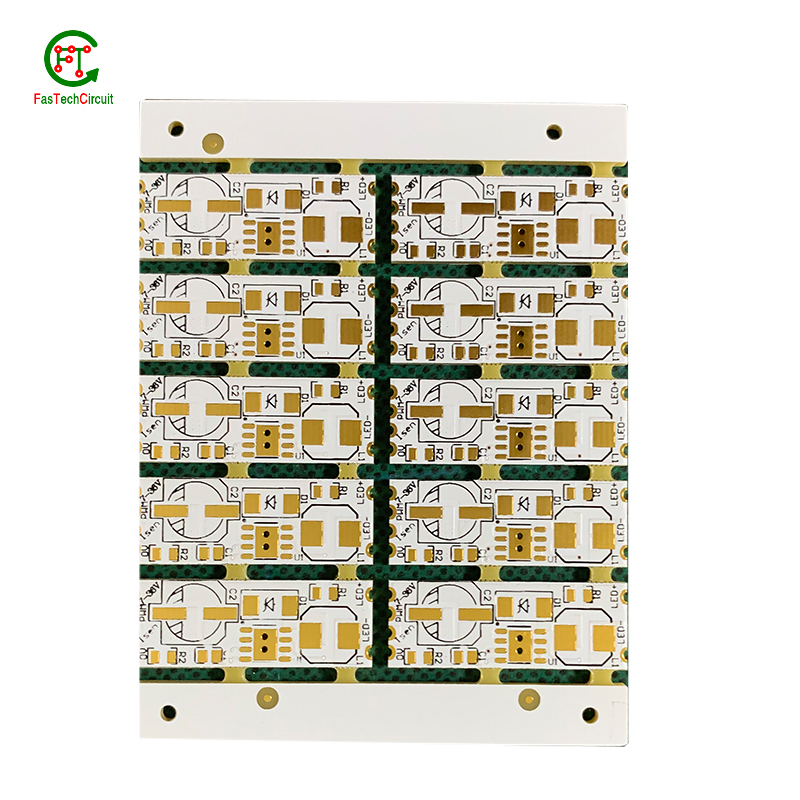
PCB assembly manufacturer production line
1. SMT (Surface Mount Technology) Line: This line is used to assemble components onto printed circuit boards (PCBs) using surface mount technology. It includes a pick-and-place machine, a reflow oven, and an automated optical inspection (AOI) machine.
2. Through-Hole Assembly Line: This line is used to assemble components onto printed circuit boards (PCBs) using through-hole technology. It includes a pick-and-place machine, a wave soldering machine, and an automated optical inspection (AOI) machine.
3. Manual Assembly Line: This line is used to assemble components onto printed circuit boards (PCBs) using manual assembly techniques. It includes a workbench, soldering tools, and a microscope.
4. Testing Line: This line is used to test the functionality of the assembled PCBs. It includes a test jig, a test fixture, and a test system.
Detailed explanation of the production process of PCB assembly manufacturer
1. Design: The first step in the PCB assembly process is to design the board. This includes creating a schematic, selecting components, and laying out the board.
2. Fabrication: Once the design is complete, the board is sent to a PCB manufacturer for fabrication. This involves etching the copper traces, drilling holes, and applying solder mask and silkscreen.
3. Assembly: After the board is fabricated, it is sent to a PCB assembly manufacturer for assembly. This involves placing components on the board, soldering them in place, and testing the board.
4. Testing: Once the board is assembled, it is tested to ensure that it is functioning properly. This may involve running automated tests or manually testing the board.
5. Packaging: After the board is tested, it is packaged for shipment. This may involve placing the board in an anti-static bag or a custom box.
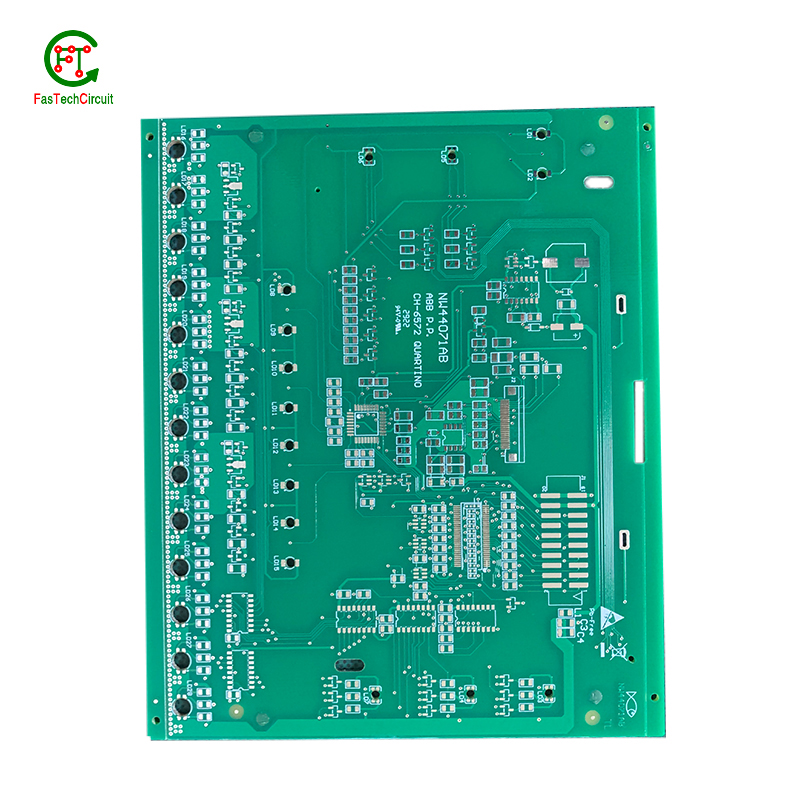
Production profit of PCB assembly manufacturer
The profit of a PCB assembly manufacturer depends on a variety of factors, including the cost of materials, labor, overhead, and other expenses. The profit margin for a PCB assembly manufacturer can range from 5-20%, depending on the complexity of the product and the efficiency of the production process. Additionally, the profit margin can be affected by the market demand for the product, the competition in the industry, and the pricing strategy of the manufacturer.
Production process management of PCB assembly manufacturer
1. Design: The first step in the PCB assembly process is to design the board. This includes creating a schematic, selecting components, and laying out the board.
2. Fabrication: Once the design is complete, the board is sent to a PCB fabrication house for manufacturing. This includes etching the copper traces, drilling holes, and applying solder mask and silkscreen.
3. Assembly: After the board is fabricated, it is sent to a PCB assembly house for assembly. This includes populating the board with components, soldering, and testing.
4. Quality Control: Quality control is an important step in the PCB assembly process. This includes visual inspection, electrical testing, and functional testing.
5. Shipping: Once the board is assembled and tested, it is ready to be shipped to the customer.
PCB assembly manufacturer need to meet the following environmental protection requirements
1. Comply with all applicable environmental laws and regulations.
2. Implement a waste management system to reduce, reuse, and recycle materials.
3. Use energy-efficient equipment and processes.
4. Minimize the use of hazardous materials and dispose of them properly.
5. Monitor and reduce air emissions.
6. Monitor and reduce water usage and wastewater discharge.
7. Implement a system to track and reduce greenhouse gas emissions.
8. Develop and implement a plan to reduce the environmental impact of packaging materials.
9. Develop and implement a plan to reduce the environmental impact of transportation.
10. Develop and implement a plan to reduce the environmental impact of manufacturing processes.
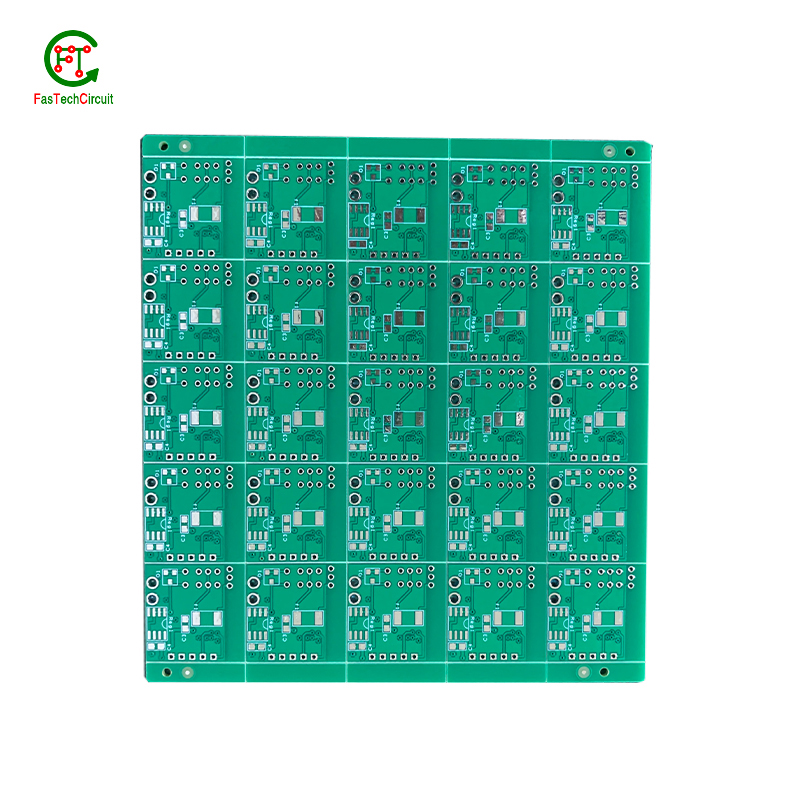
How can PCB assembly manufacturer improve production efficiency
1. Invest in Automation: Investing in automated equipment can help PCB assembly manufacturers improve production efficiency by reducing manual labor and increasing throughput.
2. Streamline Processes: Streamlining processes can help reduce waste and improve efficiency. This can include implementing lean manufacturing principles, such as 5S, Kaizen, and Six Sigma.
3. Improve Quality Control: Quality control is essential for efficient production. Implementing quality control measures, such as statistical process control (SPC) and design of experiments (DOE), can help reduce defects and improve efficiency.
4. Invest in Training: Investing in training for employees can help improve production efficiency by increasing their knowledge and skills.
5. Utilize Technology: Utilizing technology, such as computer-aided design (CAD) and computer-aided manufacturing (CAM) software, can help streamline processes and improve efficiency.
How do PCB assembly manufacturer solve the application of new technologies
PCB assembly manufacturers can work with their customers to develop solutions for new technologies. This may involve researching the latest components and materials, designing custom PCBs, and testing the assembly to ensure it meets the customer’s requirements. They may also need to develop new processes and procedures to ensure the assembly meets the customer’s specifications. Additionally, they may need to work with the customer to develop a plan for production and delivery.
How do PCB assembly manufacturer implement new product development
1. Research and Development: PCB assembly manufacturers must first research and develop the product to ensure that it meets customer needs and industry standards. This includes researching the market, understanding customer needs, and developing a prototype.
2. Design and Engineering: PCB assembly manufacturers must design and engineer the product to ensure that it meets customer requirements and industry standards. This includes designing the PCB, selecting components, and creating a bill of materials.
3. Testing and Validation: PCB assembly manufacturers must test and validate the product to ensure that it meets customer requirements and industry standards. This includes testing the PCB, components, and software.
4. Manufacturing: PCB assembly manufacturers must manufacture the product to ensure that it meets customer requirements and industry standards. This includes ordering components, assembling the PCB, and programming the software.
5. Quality Assurance: PCB assembly manufacturers must ensure that the product meets customer requirements and industry standards. This includes inspecting the PCB, components, and software.
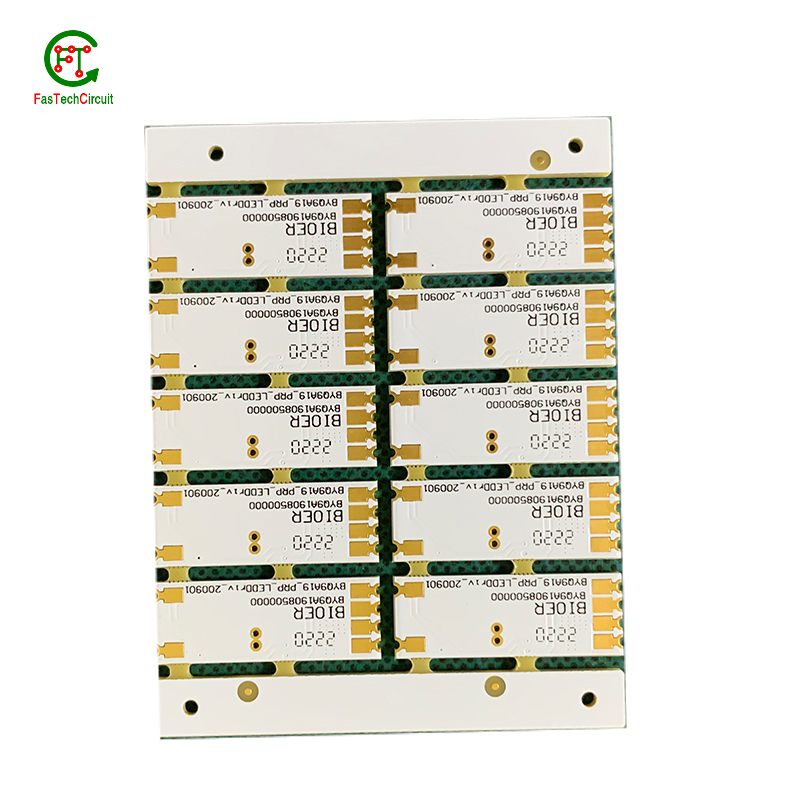
PCB assembly manufacturer service and quality system
A PCB assembly manufacturer should have a quality system in place to ensure that their products meet customer requirements and industry standards. This system should include processes for design, manufacturing, testing, and inspection. The system should also include procedures for corrective and preventive action, as well as documentation and record keeping.
The design process should include a review of customer requirements, design specifications, and industry standards. The design should be verified and validated to ensure that it meets customer requirements and industry standards.
The manufacturing process should include processes for component selection, assembly, and testing. The components should be inspected for quality and reliability. The assembly process should be documented and monitored to ensure that it meets customer requirements and industry standards.
The testing process should include tests for functionality, reliability, and safety. The tests should be documented and monitored to ensure that they meet customer requirements and industry standards.
The inspection process should include visual, mechanical, and electrical inspections. The inspections should be documented and monitored to ensure that they meet customer requirements and industry standards.
The corrective and preventive action process should include procedures for identifying, analyzing, and resolving problems. The process should be documented and monitored to ensure that it meets customer requirements and industry standards.
The documentation and record keeping process should include procedures for documenting and storing customer requirements, design specifications, and test results. The process should be documented and monitored to ensure that it meets customer requirements and industry standards.
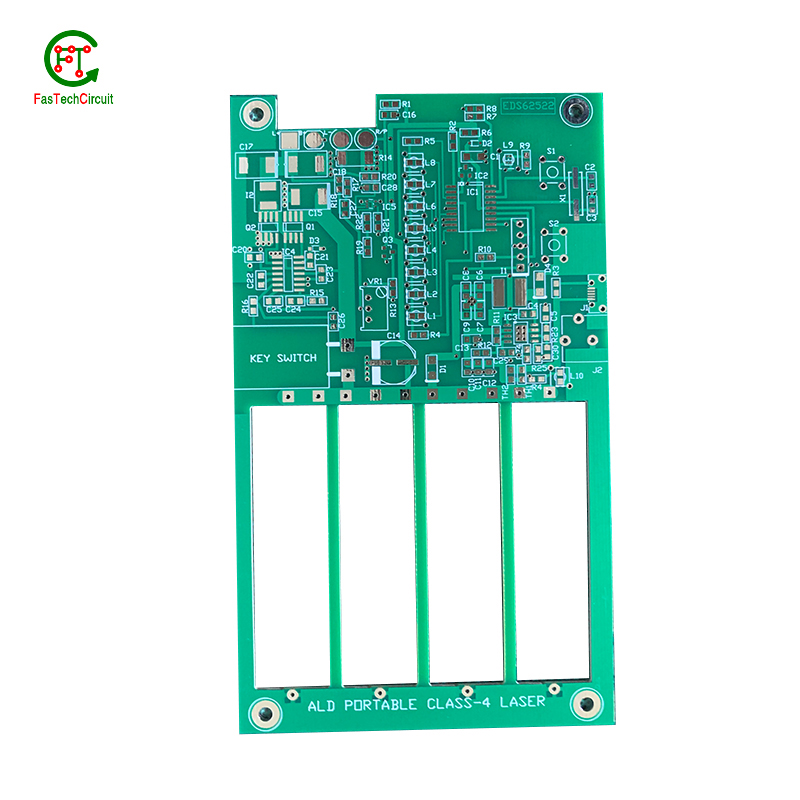
How do PCB assembly manufacturer establish their own PCB assembly dealer channels
1. Develop a comprehensive marketing strategy: A comprehensive marketing strategy should be developed to target potential PCB assembly dealers. This should include a detailed plan for how to reach out to potential dealers, what types of marketing materials to use, and how to track the success of the campaign.
2. Establish relationships with existing dealers: Establishing relationships with existing dealers is a great way to get started in the PCB assembly industry. Reach out to existing dealers and offer them incentives to become a part of your network.
3. Attend trade shows and conferences: Trade shows and conferences are great places to meet potential dealers and build relationships. Attend as many as possible and make sure to have a booth or presentation to showcase your products and services.
4. Utilize online marketing: Utilize online marketing to reach out to potential dealers. Create a website, blog, and social media accounts to promote your products and services.
5. Offer incentives: Offering incentives to potential dealers is a great way to encourage them to join your network. Offer discounts, free samples, or other incentives to encourage them to become a part of your network.
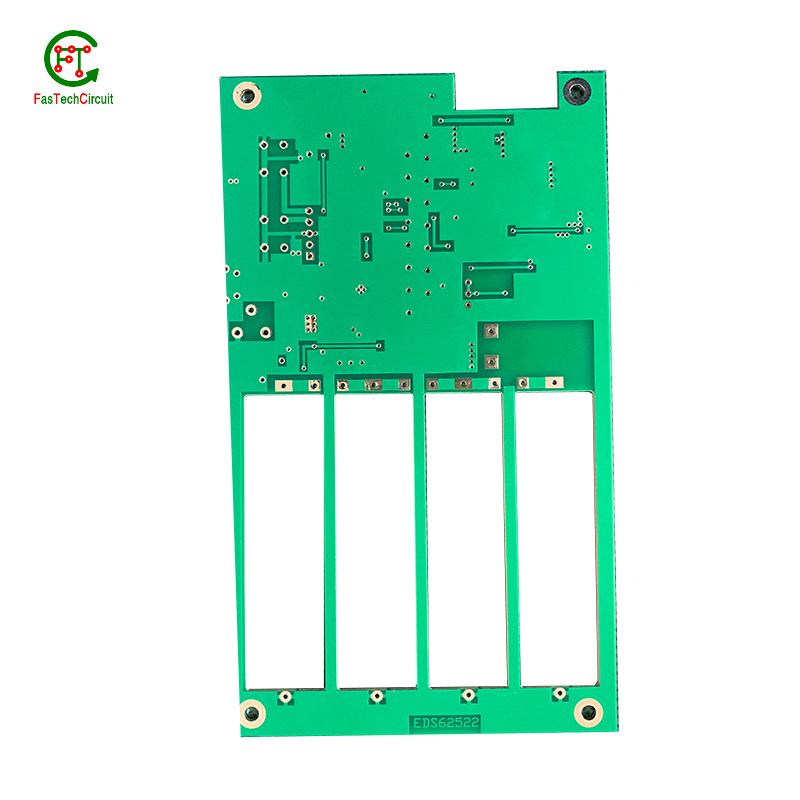
How to improve the quality of PCB assembly manufacturer
1. Invest in Quality Control: Quality control is essential for any PCB assembly manufacturer. Invest in quality control processes and equipment to ensure that all components are tested and inspected for accuracy and reliability.
2. Use Automation: Automation can help reduce errors and improve the quality of the PCB assembly. Automated processes can help reduce the time it takes to assemble a PCB, as well as reduce the risk of human error.
3. Invest in Training: Invest in training for your staff to ensure that they are up to date on the latest technologies and processes. This will help them to produce higher quality PCB assemblies.
4. Use Quality Components: Quality components are essential for producing high-quality PCB assemblies. Invest in quality components from reliable suppliers to ensure that your PCB assemblies are reliable and accurate.
5. Monitor the Process: Monitor the entire PCB assembly process to ensure that all steps are being followed correctly. This will help to identify any potential problems before they become major issues.
Customer group and service level of PCB assembly manufacturer
The customer group and service level of a PCB assembly manufacturer will depend on the specific services they offer. Generally, PCB assembly manufacturers provide services to a wide range of customers, including electronics manufacturers, research and development companies, and hobbyists. The service level of a PCB assembly manufacturer can range from basic assembly services to full turnkey solutions, including design, prototyping, and testing.
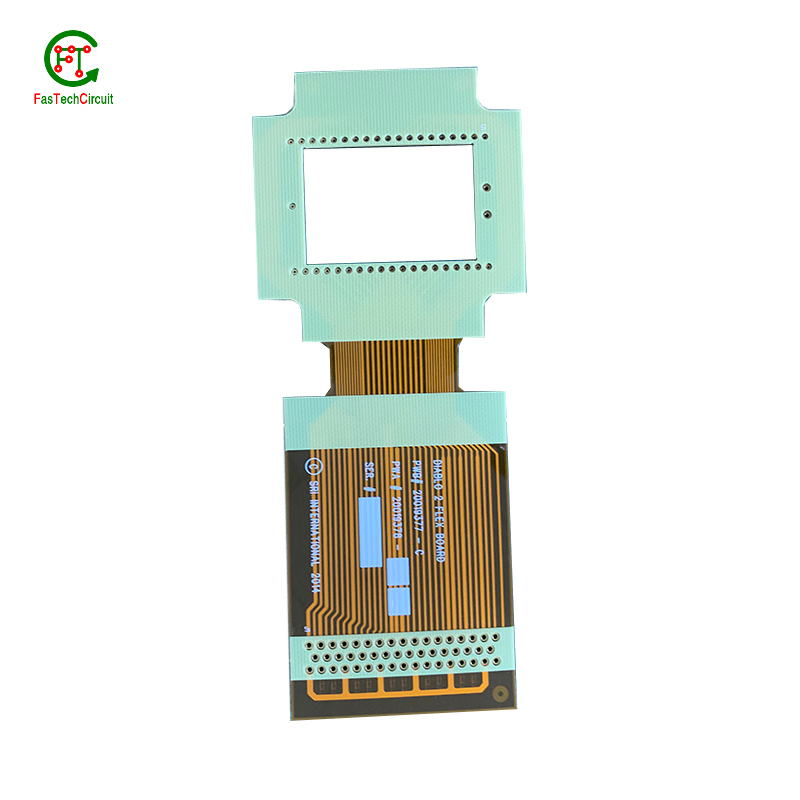
After-sales compensation terms for PCB assembly manufacturer
1. Warranty: The PCB assembly manufacturer should provide a warranty period for the products they manufacture. This should cover any defects in materials or workmanship that occur during the warranty period.
2. Replacement: The PCB assembly manufacturer should provide a replacement for any defective parts or components that are found to be defective during the warranty period.
3. Refund: The PCB assembly manufacturer should provide a refund for any defective parts or components that are found to be defective during the warranty period.
4. Repair: The PCB assembly manufacturer should provide a repair service for any defective parts or components that are found to be defective during the warranty period.
5. Technical Support: The PCB assembly manufacturer should provide technical support for any issues that arise during the warranty period. This should include troubleshooting, repair, and replacement of defective parts or components.
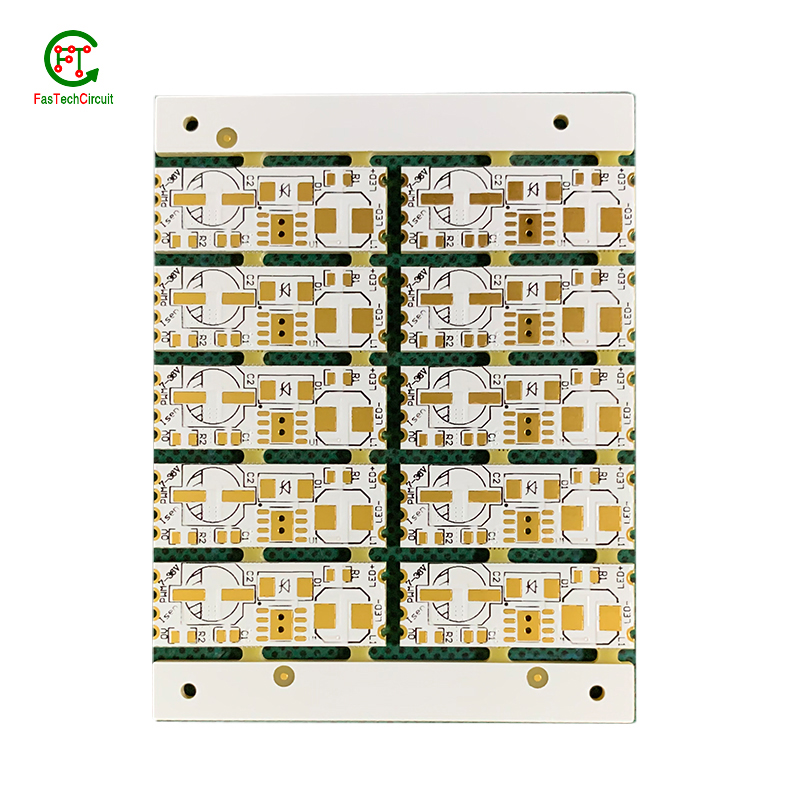
R&D direction of PCB assembly manufacturer industry
1. Automation: Automation is becoming increasingly important in the PCB assembly industry. Automation can help reduce costs, improve efficiency, and increase quality. Automation can also help reduce the need for manual labor, which can help reduce labor costs.
2. Miniaturization: Miniaturization is becoming increasingly important in the PCB assembly industry. Miniaturization can help reduce costs, improve efficiency, and increase quality. Miniaturization can also help reduce the need for manual labor, which can help reduce labor costs.
3. Quality Control: Quality control is becoming increasingly important in the PCB assembly industry. Quality control can help ensure that the products produced are of the highest quality and meet customer requirements. Quality control can also help reduce the need for manual labor, which can help reduce labor costs.
4. Design for Manufacturability: Design for manufacturability is becoming increasingly important in the PCB assembly industry. Design for manufacturability can help reduce costs, improve efficiency, and increase quality. Design for manufacturability can also help reduce the need for manual labor, which can help reduce labor costs.
5. Traceability: Traceability is becoming increasingly important in the PCB assembly industry. Traceability can help ensure that the products produced are of the highest quality and meet customer requirements. Traceability can also help reduce the need for manual labor, which can help reduce labor costs.
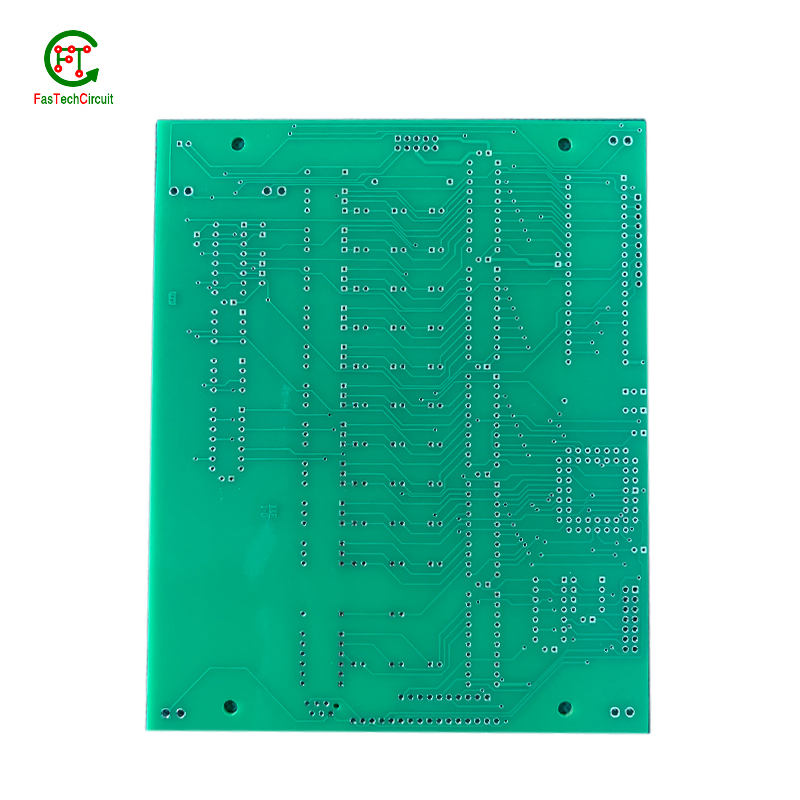
Product quality control of PCB assembly manufacturer
1. Pre-production Inspection: The PCB assembly manufacturer should inspect all components before production to ensure that they meet the requirements of the customer. This includes checking for any defects in the components, such as incorrect dimensions, incorrect pinouts, or incorrect markings.
2. In-process Inspection: During the production process, the PCB assembly manufacturer should inspect the components and assemblies at various stages to ensure that they meet the customer’s requirements. This includes checking for any defects in the components, such as incorrect dimensions, incorrect pinouts, or incorrect markings.
3. Final Inspection: After the PCB assembly is completed, the manufacturer should perform a final inspection to ensure that the product meets the customer’s requirements. This includes checking for any defects in the components, such as incorrect dimensions, incorrect pinouts, or incorrect markings.
4. Testing: The PCB assembly manufacturer should also perform testing to ensure that the product meets the customer’s requirements. This includes testing for electrical performance, mechanical performance, and environmental performance.
5. Quality Assurance: The PCB assembly manufacturer should also have a quality assurance system in place to ensure that the product meets the customer’s requirements. This includes having a system for tracking defects, performing root cause analysis, and implementing corrective actions.
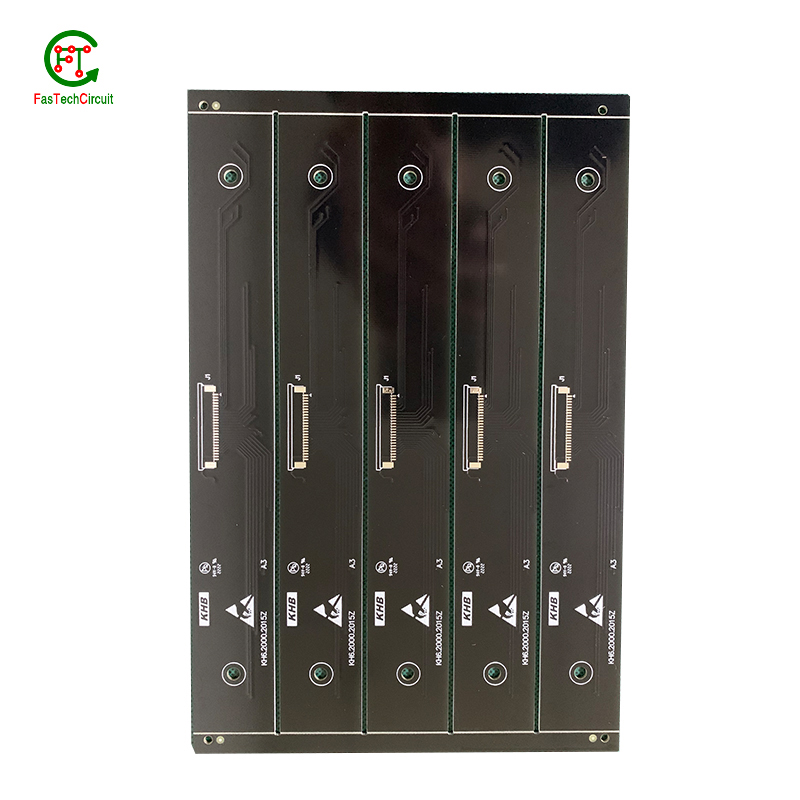
What services are included in the PCB assembly manufacturer's after-sales service?
The after-sales service of a PCB assembly manufacturer typically includes:
1. Technical support: Providing technical advice and assistance to customers in the use of products.
2. Repair and maintenance: Repairing and maintaining products that have been damaged or malfunctioning.
3. Replacement: Replacing defective parts or components with new ones.
4. Warranty: Providing a warranty for the products.
5. Training: Providing training to customers on the use of products.
PCB assembly manufacturer are more worthy of cooperation if they have patents
Yes, PCB assembly manufacturers with patents are more worthy of cooperation because they have the ability to produce products that are unique and of higher quality. Patents also provide legal protection for the manufacturer, which can help to ensure that their products are not copied or used without permission. Additionally, patents can help to increase the value of the manufacturer's products, which can make them more attractive to potential customers.
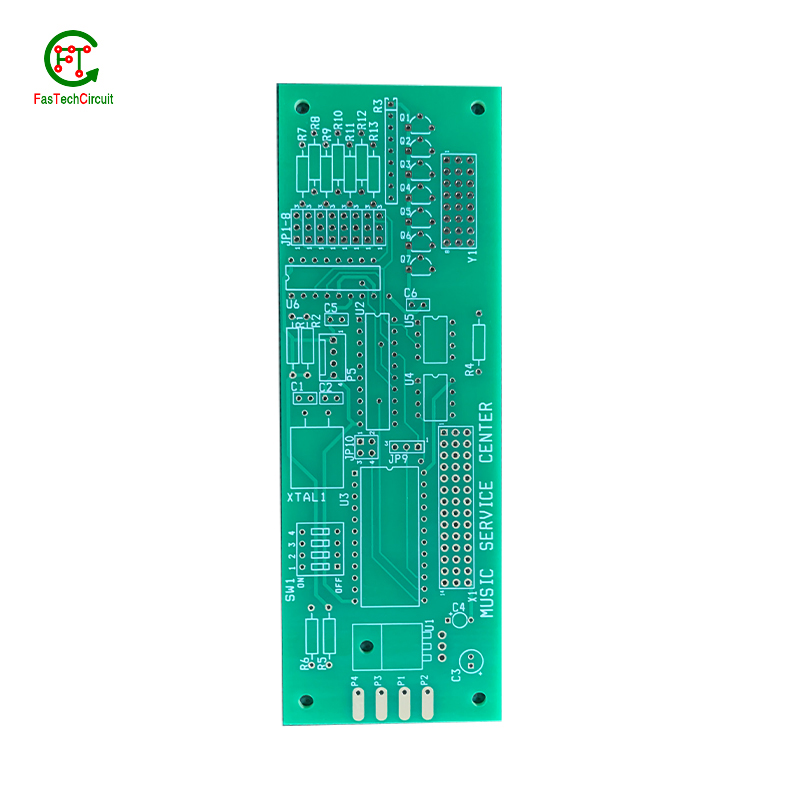
The international production mode adopted by PCB assembly manufacturer
The international production mode adopted by PCB assembly manufacturer is mainly based on the principles of lean production. This includes the use of advanced production equipment, the implementation of standardized production processes, the use of modern management methods, and the optimization of the production environment. The main features of this production mode are:
1. Automation: Automation is the key to improving production efficiency and reducing costs. Automation can reduce labor costs, improve production efficiency, and reduce the number of defective products.
2. Standardization: Standardization is the basis for improving production efficiency. It can reduce the time required for product design, production, and testing, and improve the quality of the products.
3. Quality Control: Quality control is the key to ensuring the quality of the products. Quality control includes the use of advanced testing equipment, the implementation of strict quality control procedures, and the implementation of a comprehensive quality management system.
4. Cost Control: Cost control is the key to ensuring the competitiveness of the products. Cost control includes the use of advanced production equipment, the implementation of cost-effective production processes, and the optimization of the production environment.
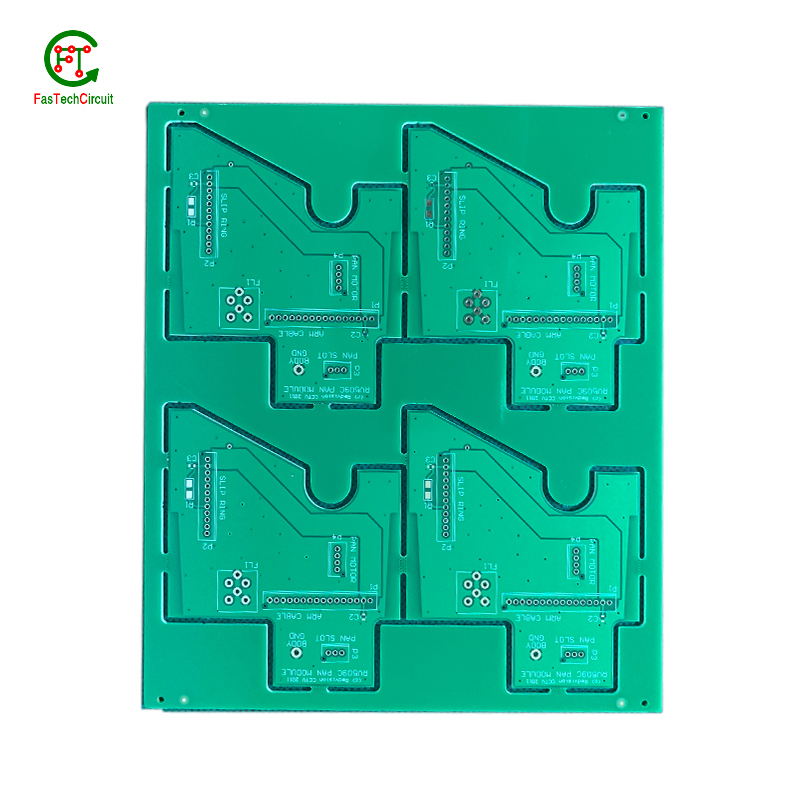
What is PCB assembly design?
PCB assembly design is the process of designing and creating a printed circuit board (PCB) for a specific electronic device. It involves the selection of components, the layout of the board, and the routing of the traces that connect the components. The design process also includes the selection of materials, the fabrication of the board, and the assembly of the components.
PCB assembly manufacturer' skill requirements for production operators
Production operators in a PCB assembly manufacturer must have a variety of skills in order to be successful. These skills include:
1. Knowledge of basic electronics and electrical components: Production operators must have a basic understanding of electrical components and how they interact with each other. They must be able to identify components and understand their function in the circuit.
2. Soldering skills: Production operators must be able to solder components onto the PCBs accurately and quickly. They must be able to identify the correct soldering techniques for different components and be able to troubleshoot any soldering issues.
3. Attention to detail: Production operators must be able to pay close attention to detail in order to ensure that all components are placed correctly and that all connections are secure.
4. Troubleshooting skills: Production operators must be able to identify and troubleshoot any issues that arise during the assembly process.
5. Computer skills: Production operators must be able to use computers to access and update assembly instructions, as well as to monitor the progress of the assembly process.
6. Communication skills: Production operators must be able to communicate effectively with other members of the production team in order to ensure that the assembly process runs smoothly.
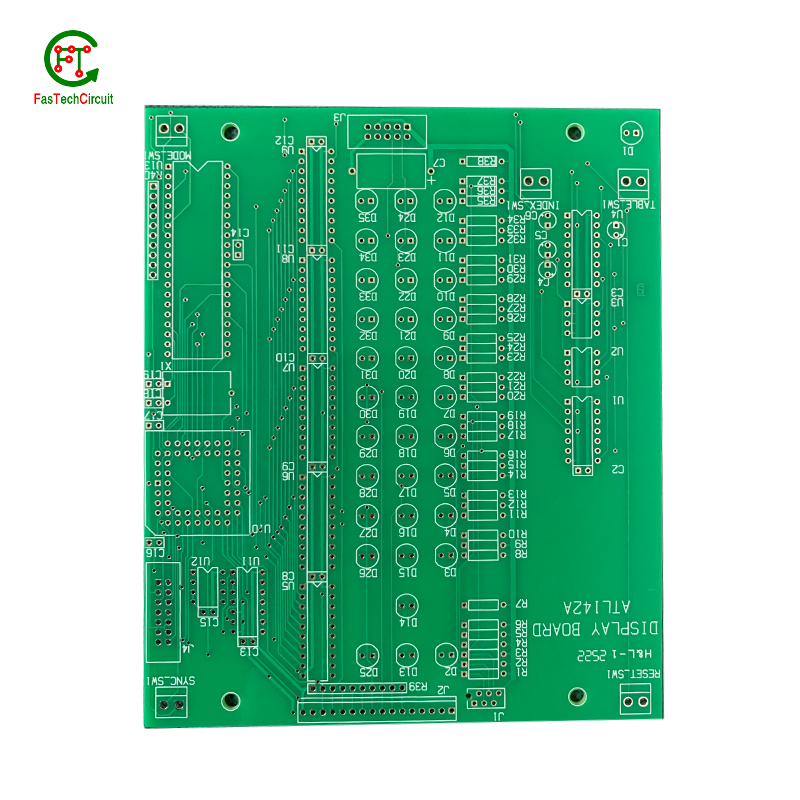
PCB assembly design, what are the shortcomings of Chinese enterprises?
1. Lack of innovation: Chinese enterprises often lack the ability to innovate and develop new products.
2. Poor quality control: Chinese enterprises often lack the necessary quality control measures to ensure the quality of their products.
3. Low cost: Chinese enterprises often focus on low cost production, which can lead to lower quality products.
4. Limited resources: Chinese enterprises often lack the resources to invest in research and development, which can limit their ability to develop new products.
5. Poor customer service: Chinese enterprises often lack the customer service infrastructure to provide timely and effective customer service.
Effect drawing of PCB assembly design
A drawing of a PCB assembly design would typically include a schematic diagram of the components, a board layout, and a bill of materials. The schematic diagram would show the connections between the components, while the board layout would show the physical arrangement of the components on the board. The bill of materials would list all the components used in the assembly, including their part numbers and quantities. The drawing may also include a legend to indicate the different types of components used.
PCB assembly design, comparison of advantages and disadvantages of Chinese and American design levels
Advantages of Chinese PCB Assembly Design:
1. Cost-Effective: Chinese PCB assembly design is generally more cost-effective than American design. This is due to the lower labor costs in China, as well as the availability of cheaper components.
2. Faster Turnaround Time: Chinese PCB assembly design can be completed in a much shorter time frame than American design. This is due to the fact that Chinese factories are able to produce large quantities of PCBs in a short amount of time.
3. Quality Control: Chinese PCB assembly design is subject to strict quality control standards. This ensures that the PCBs produced are of the highest quality.
Disadvantages of Chinese PCB Assembly Design:
1. Language Barrier: Communication between the Chinese factory and the customer can be difficult due to the language barrier. This can lead to misunderstandings and delays in the production process.
2. Intellectual Property: Chinese factories may not always adhere to the customer’s intellectual property rights. This can lead to the customer’s designs being copied and sold to other companies.
Advantages of American PCB Assembly Design:
1. Quality: American PCB assembly design is subject to higher quality standards than Chinese design. This ensures that the PCBs produced are of the highest quality.
2. Intellectual Property: American factories are more likely to adhere to the customer’s intellectual property rights. This ensures that the customer’s designs are not copied and sold to other companies.
3. Communication: Communication between the American factory and the customer is much easier due to the lack of a language barrier. This ensures that the production process is smooth and efficient.
Disadvantages of American PCB Assembly Design:
1. Cost: American PCB assembly design is generally more expensive than Chinese design. This is due to the higher labor costs in the US, as well as the availability of more expensive components.
2. Turnaround Time: American PCB assembly design can take longer to complete than Chinese design. This is due to the fact that American factories are not able to produce large quantities of PCBs in a short amount of time.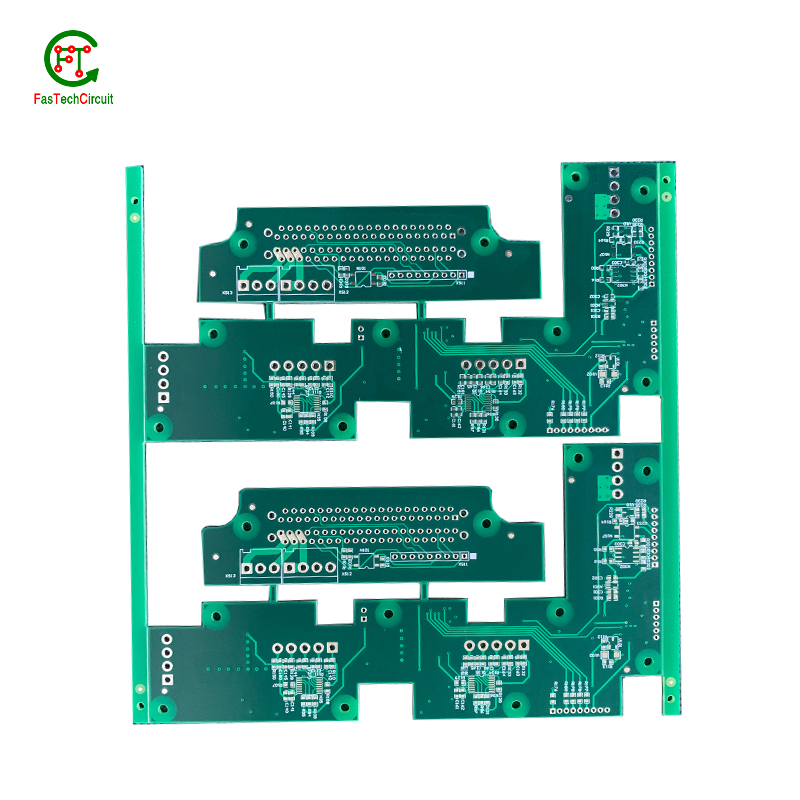
Classification of PCB assembly design styles
1. Through-Hole Assembly: This is the most common type of PCB assembly design. It involves inserting components into holes drilled through the board and soldering them in place.
2. Surface Mount Assembly: This type of PCB assembly design involves placing components on the surface of the board and soldering them in place.
3. Mixed Technology Assembly: This type of PCB assembly design combines both through-hole and surface mount components.
4. Flexible Assembly: This type of PCB assembly design involves using flexible circuits instead of rigid boards.
5. High-Density Interconnect Assembly: This type of PCB assembly design involves using very small components and high-density interconnects.
About the brand of the PCB assembly manufacturer
The brand of the PCB assembly manufacturer is typically determined by the company that produces the PCBs. The brand of the manufacturer can vary depending on the type of PCBs they produce, the quality of their products, and the reputation of the company. Some of the more popular brands of PCB assembly manufacturers include Advanced Circuits, PCB Assembly Express, and Sunstone Circuits.
Skill requirements for designers
1. Knowledge of design principles and techniques: Designers should have a strong understanding of design principles such as composition, color theory, typography, and layout. They should also be familiar with various design techniques such as wireframing, prototyping, and user experience design.
2. Knowledge of software: Designers should be proficient in the use of design software such as Adobe Photoshop, Illustrator, InDesign, and Sketch. They should also be familiar with other software such as HTML, CSS, and JavaScript.
3. Creative thinking: Designers should be able to think creatively and come up with innovative solutions to design problems. They should also be able to think outside the box and come up with unique ideas.
4. Communication skills: Designers should be able to communicate effectively with clients, colleagues, and other stakeholders. They should be able to explain their design decisions and present their work in a clear and concise manner.
5. Time management: Designers should be able to manage their time effectively and meet deadlines. They should also be able to prioritize tasks and manage multiple projects at once.
Top ten international PCB assembly brands
1. JLCPCB
2. PCBWay
3. Advanced Circuits
4. Eurocircuits
5. PCB Pool
6. PCB Power
7. PCB Unlimited
8. PCB Cart
9. PCB Assembly Express
10. PCB Assembly Services
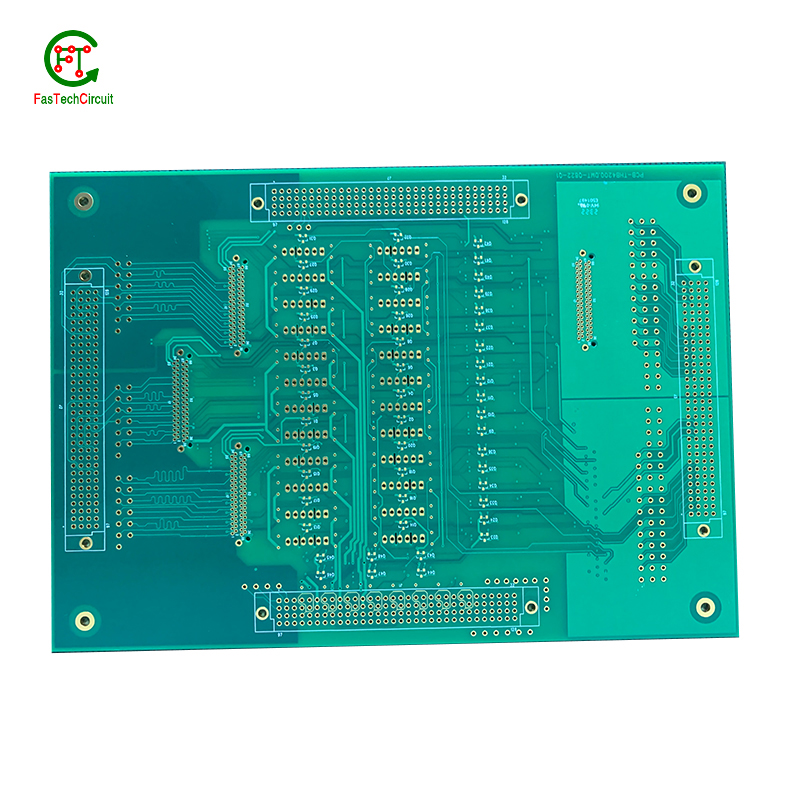
Analysis of the competition trend of China's PCB assembly market
The PCB assembly market in China is highly competitive and has seen a steady increase in competition over the past few years. This is due to the fact that the Chinese PCB assembly industry is highly fragmented, with many small and medium-sized companies competing for market share.
The competition in the Chinese PCB assembly market is mainly driven by the cost of production. As the cost of production in China is relatively low, many companies are able to offer competitive prices for their products. This has led to a decrease in the average selling price of PCB assemblies in China, which has resulted in increased competition.
In addition, the Chinese government has implemented various policies to encourage the development of the PCB assembly industry. These policies have helped to reduce the cost of production and have also encouraged the development of new technologies and processes. This has further increased the competition in the market.
Finally, the emergence of new technologies and processes has also increased the competition in the Chinese PCB assembly market. As new technologies and processes are developed, companies are able to offer more advanced products at competitive prices. This has further increased the competition in the market.
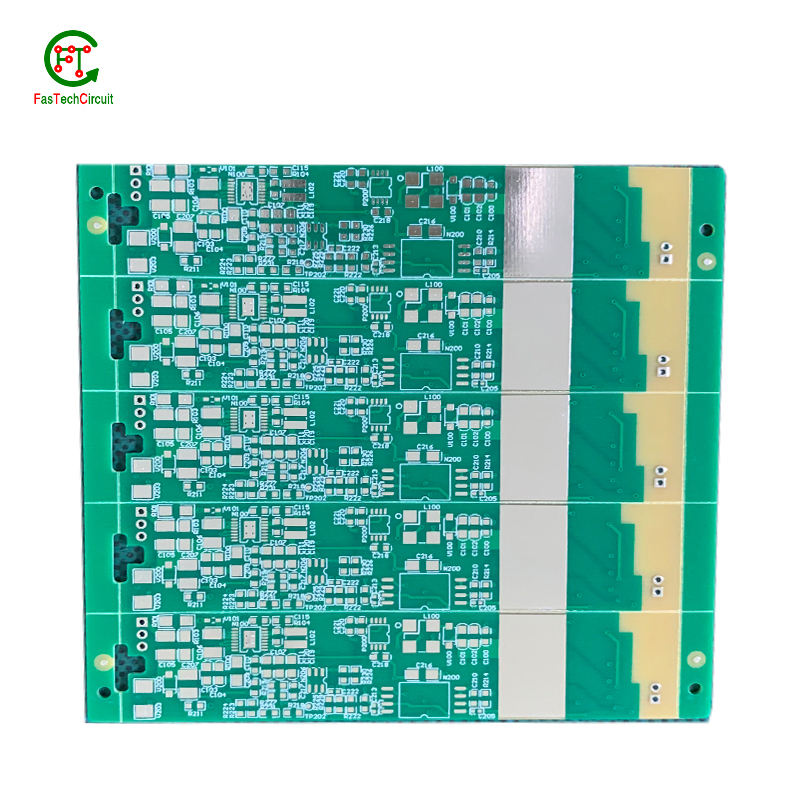
pcb board manufacturing How To Contact US
PCB from 1 to 30 layers, HDI, Heavy Copper, Rigid-flex board with "pcb board manufacturing One-Stop" service.
